Episode 286: When Words Fall Short: How You See It vs. How I See It
May 8, 2024/
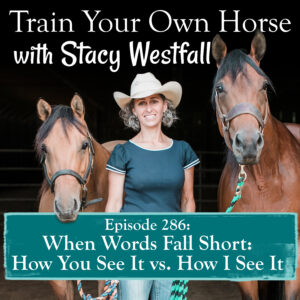
In this episode, Stacy dives into the challenge of using words to describe what happens with your horse. She starts with a common experience: reading a student’s description, then watching a video to match it with reality. This exercise often reveals discrepancies. For instance, while a student might describe a horse as “reactive” or “stuck,” the video might tell a different story.
Topics include:
- How you describe it vs what I see
- Childhood game of telephone
- Emotions impacting your viewing
- Viewing from calm, neutral
- Identifying normal stages
- Below the safety line…’just barely’ above the line
- Repeat exposure changing the way you view and interpret your horse
She also introduces the Resourceful Rider program, which helps riders connect through shared terminology and mutual understanding, aiming for consistency in describing horse behavior.
SUBSCRIBE TO THE PODCAST HERE:
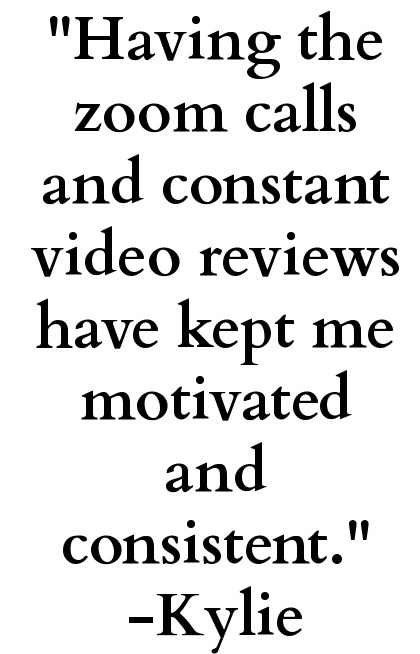
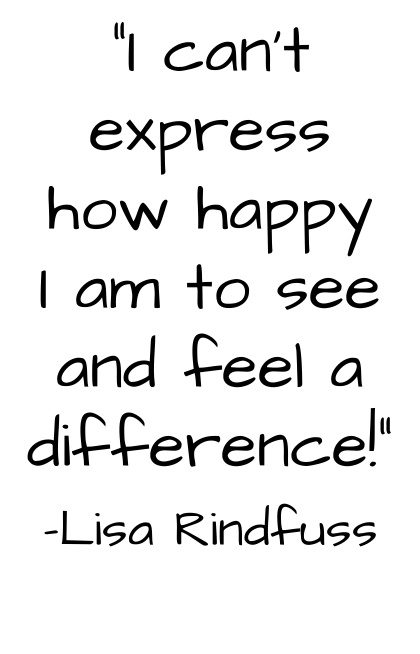
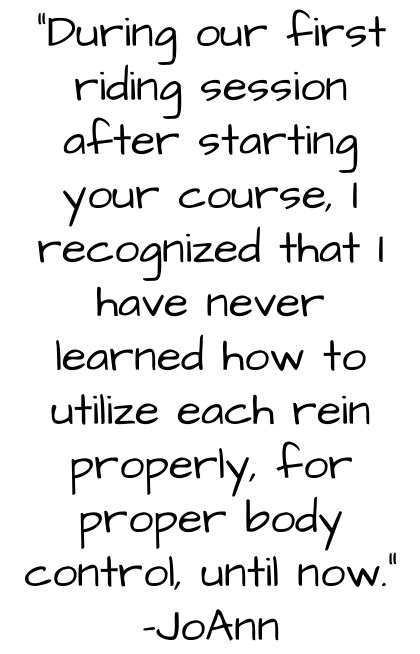
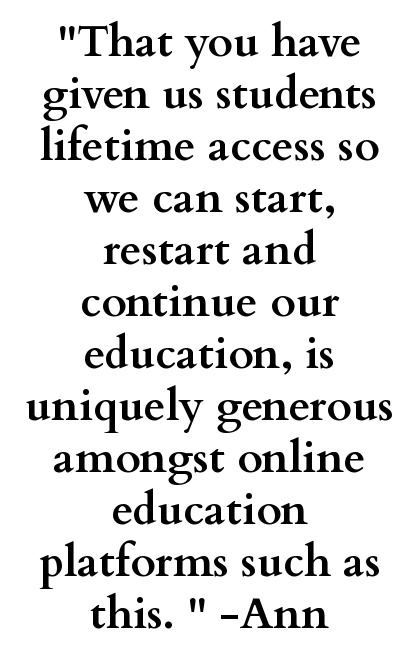
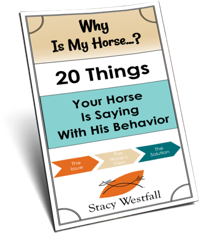
YOURS FREE
WHY IS MY HORSE...?

